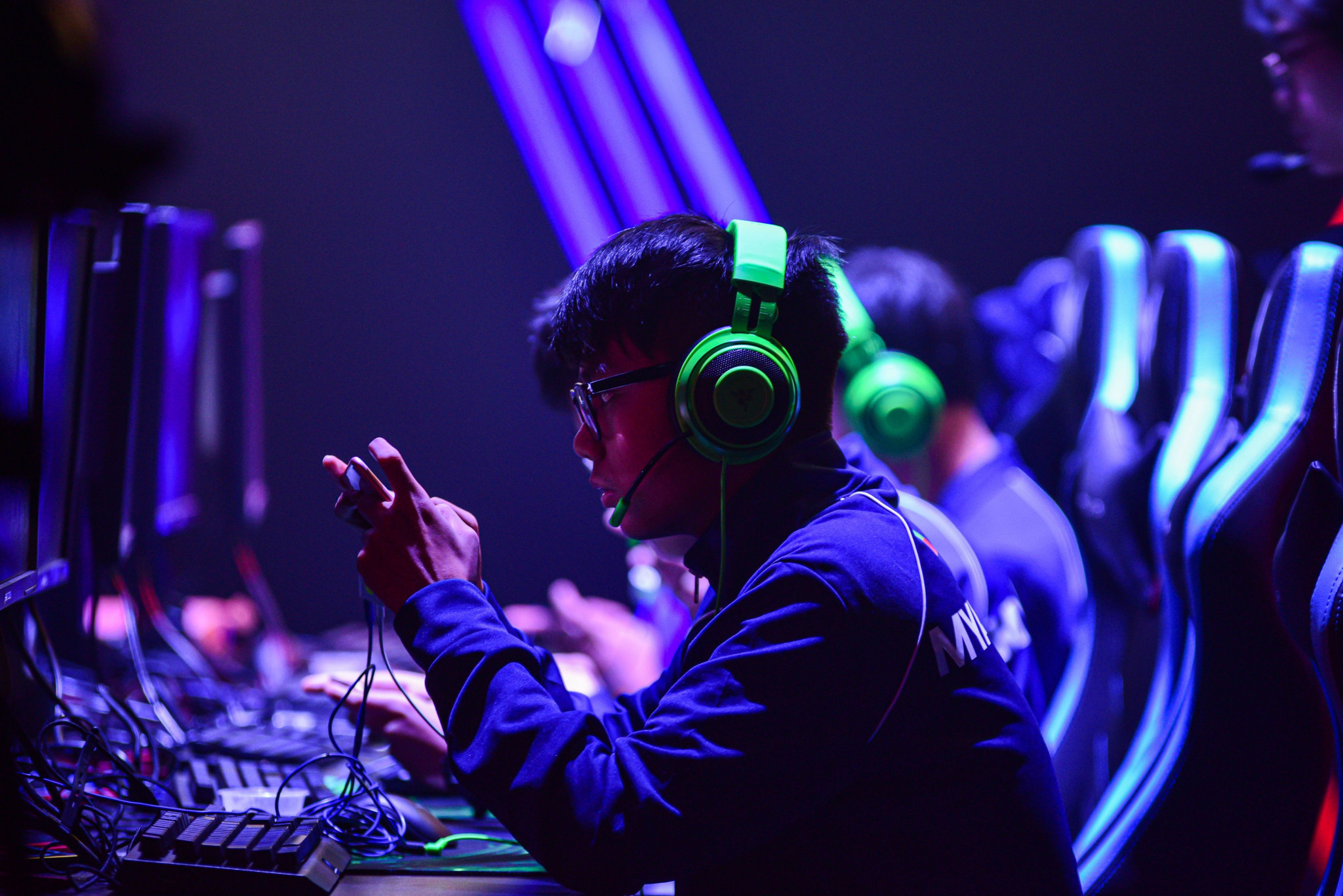Introduction:
In recent years, esports has become increasingly popular around the world. What was once a niche hobby has now transformed into a global phenomenon, with millions of fans tuning in to watch top players compete for millions of dollars in prize money. With the rise of technology and the increasing popularity of video games, esports has the potential to become the next big thing in competitive sports.
The History of Esports:
Esports has been around since the 1970s, but it wasn’t until the late 1990s and early 2000s that it started to gain some traction. The first-ever esports tournament, known as the Red Annihilation tournament, was held in 1997. Since then, esports has grown rapidly, with games like League of Legends, Dota 2, and Fortnite attracting millions of players and viewers.
The Growth of Esports:
The growth of esports has been phenomenal, with the industry expected to reach a value of $1.5 billion by the end of 2023. The number of esports enthusiasts is expected to reach 474 million worldwide, with Asia being the largest market for esports. In addition to the growing audience, the prize pools for esports tournaments have also increased significantly, with some tournaments offering prizes of up to $30 million.
The Potential of Esports:
Esports has the potential to become the next big thing in competitive sports. Unlike traditional sports, esports is not limited by physical ability, which means that anyone can participate, regardless of age, gender, or physical ability. Esports tournaments are also not limited by geography, with players from all over the world competing against each other.
Esports also has the potential to become a major spectator sport, with millions of fans tuning in to watch their favorite players and teams compete. Major sports networks like ESPN and Fox Sports have already started to broadcast esports tournaments, and this trend is expected to continue in the future.
The Challenges of Esports:
Despite its rapid growth and potential, esports also faces some challenges. One of the biggest challenges is ensuring that players are treated fairly and are not exploited by teams and organizations. There have been several instances of player mistreatment, and there is a need for better regulations to protect players’ rights.
Another challenge is the lack of physical activity involved in esports. Unlike traditional sports, esports does not require physical exertion, which could lead to health problems like obesity and other health issues.
Conclusion:
Esports has come a long way since its inception in the 1970s, and it has the potential to become the next big thing in competitive sports. With millions of fans and players around the world, esports has already established itself as a major player in the sports world. However, there are also some challenges that need to be addressed, such as player mistreatment and health concerns. With the right regulations and support, esports has the potential to become a new form of competitive sports that appeals to a wide range of audiences.
